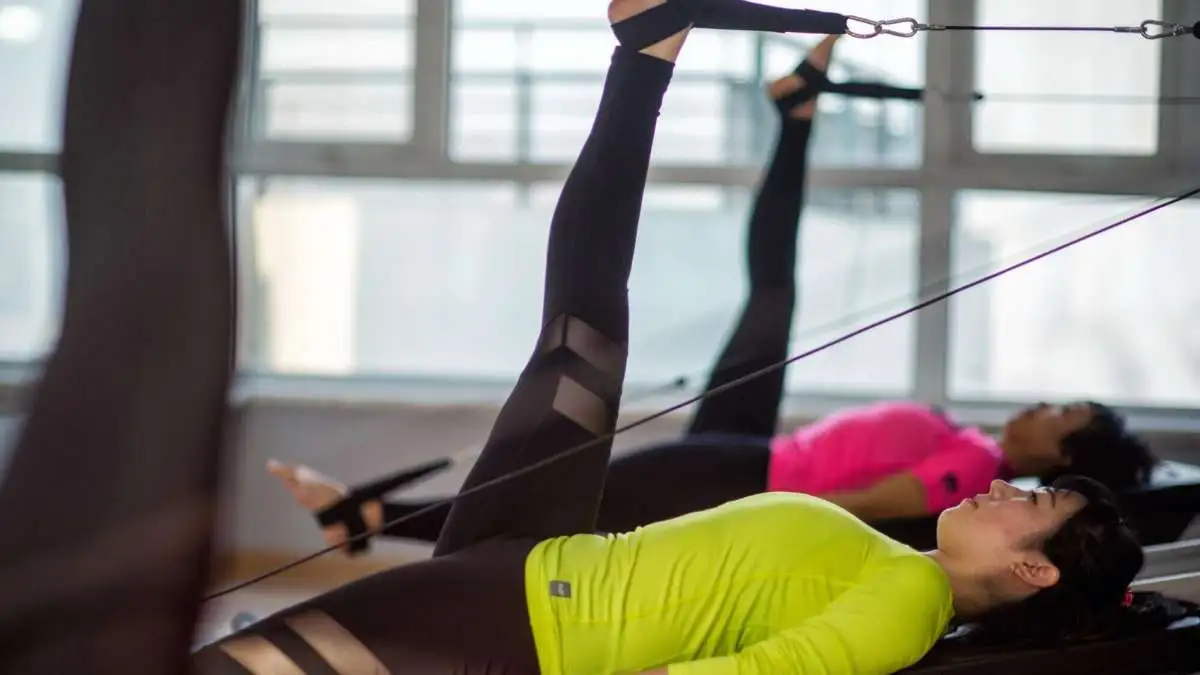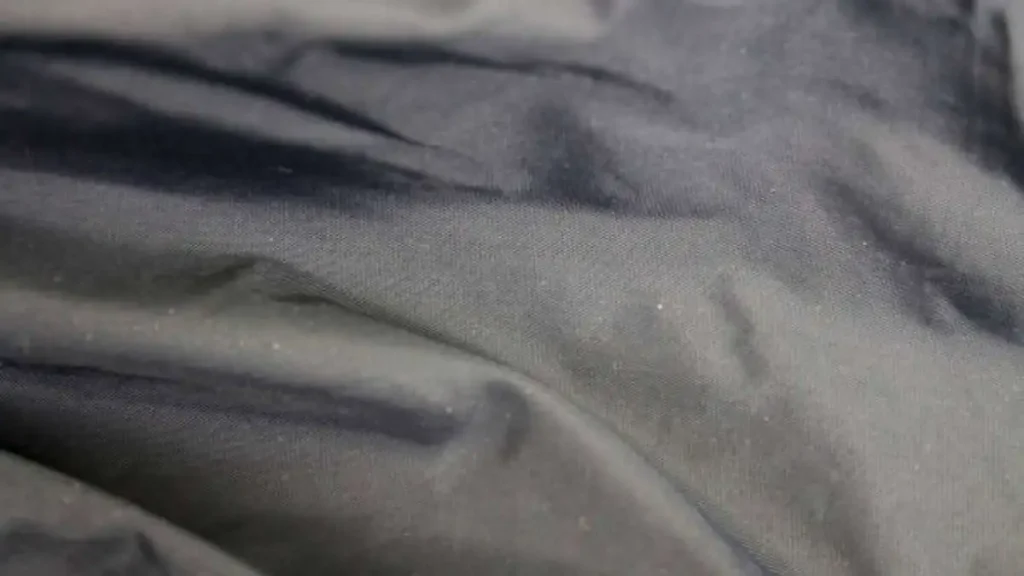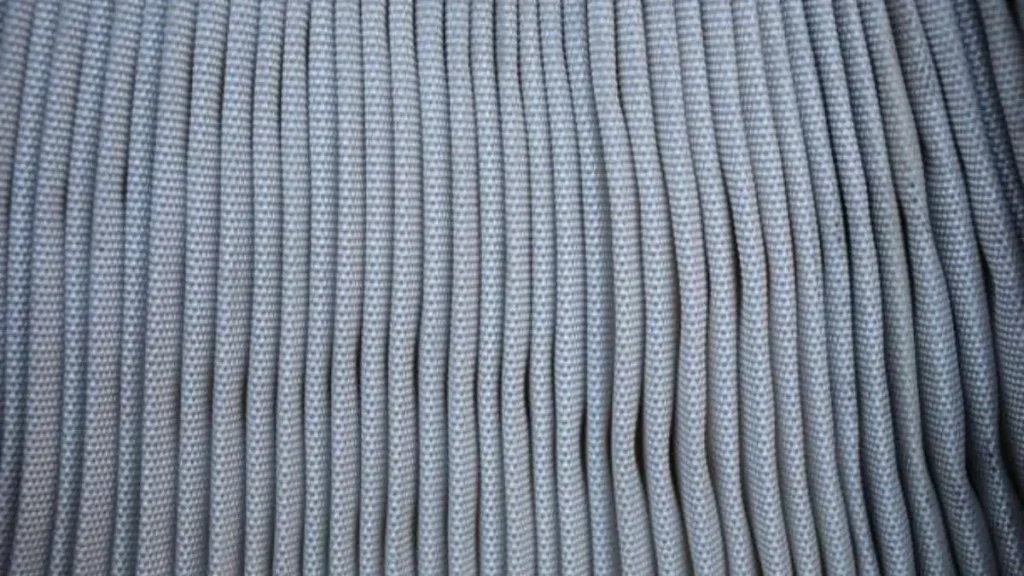EXERCISE
The Best Fabrics for Pilates Clothes: Breathable, Stretchy, and Stylish

When it comes to Pilates, the right clothing can make all the difference. Whether you’re flowing through a series of exercises or holding a challenging pose, you need clothes that move with you, keep you comfortable, and help you look great.
In this article, we’ll explore the best fabrics for Pilates clothes, focusing on materials that are breathable, stretchy, and stylish. With the right fabrics, you can enhance your performance and enjoy your sessions with confidence and ease.
Table of Contents
The Importance of Choosing the Right Fabrics for Pilates Clothing
Pilates is all about strength, flexibility, and control through precise moves and breathing techniques. You gotta pick the right gear that flows with your body’s needs, ’cause there’s a lot of fluidity in those moves.
When hunting for Pilates outfits, think about the fabric. The right one boosts your performance, while the wrong one can mess it up. Choose wisely to make the most of your Pilates sesh!
Breathability: Stay Cool and Comfortable
One of the key features to look for in Pilates workout attire is breathability. When you’re working out, your body generates heat and sweat, so it’s important to wear fabrics that allow air to circulate and moisture to evaporate quickly. Breathable fabrics help keep your body cool and dry, preventing discomfort and skin irritation. Some of the most popular breathable fabrics:
- Cotton
- Bamboo
- Modal
Stretch: Move Freely and Easily
Pilates involves a lot of stretching, bending, and twisting, so your clothes need to be able to move with you. Stretchy fabrics provide the flexibility you need to perform a wide range of movements without feeling restricted.
They also help your clothes retain their shape, even after multiple wears and washes. Some of the most popular stretchy fabrics for workout clothes include:
- Spandex (Lycra or Elastane)
- Nylon:
- Polyester Blends
Style: Look Good, Feel Good
While functionality is crucial, style is also important when choosing Pilates clothes. Feeling confident in what you’re wearing can enhance your overall workout experience. The best Pilates workout attire not only performs well but also looks great. Some of the most popular stylish fabrics and designs include;
- Mesh Panels
- Printed Fabrics
- Seamless Designs
Top Fabric Choices for Pilates Clothes
Choosing the right fabric for Pilates clothing is essential for comfort, flexibility, and breathability. Here are some top fabric choices for Pilates attire:
Cotton-Spandex Blends
Combining the natural breathability of cotton with the stretch of spandex creates a fabric that is both comfortable and flexible. Cotton-spandex blends are ideal for Pilates exercise wear because they allow for a full range of motion while keeping you cool and comfortable. They also absorb sweat, making them a great choice for intense Pilates sessions.
Nylon-Spandex Blends
Nylon-spandex blends are another popular fabric choice for Pilates exercise wear. This material is known for its moisture-wicking properties, making it ideal for keeping you dry during your workout. It also has a smooth and soft feel against the skin, allowing for maximum comfort during movement.

Bamboo-Spandex Blends
Bamboo fabric is not only breathable and moisture-wicking but also environmentally friendly. When blended with spandex, it becomes even more flexible and supportive, making it a great choice for Pilates clothes. Bamboo material is also known for its antibacterial properties, helping to keep you fresh and odor-free during your workout.
Cotton-Modal Blends
Cotton-modal blends offer a lightweight and soft option for Pilates exercise wear. This fabric is made from a blend of natural cotton and semi-synthetic modal fibers, creating a breathable and comfortable material. It also has good moisture-wicking abilities, making it suitable for Pilates workouts that involve sweating.
Polyester-Spandex Blends
Polyester is lightweight and resistant to shrinking and stretching. When combined with spandex, it creates a fabric that is both stretchy and durable, ideal for Pilates clothes. These blends often feature moisture-wicking technology, keeping you dry and comfortable throughout your workout.
Special Considerations for Pilates Clothes
When choosing clothes for Pilates, it’s important to consider the specific movements and exercises involved.
Moisture-Wicking Properties
Moisture-wicking fabrics are designed to draw sweat away from your body, allowing it to evaporate quickly. This feature is particularly useful in Pilates clothes, as it helps keep you dry and comfortable, even during intense sessions at places like Chelsea Pilates Studio or any other location. Fabrics like polyester and bamboo often have natural moisture-wicking properties, making them excellent choices.

Antimicrobial Treatments
Some fabrics are treated with antimicrobial agents to prevent the growth of bacteria and odor. This can be a great addition to your Pilates apparel, keeping them fresh and hygienic. Look for fabrics labeled as antimicrobial or odor-resistant for added peace of mind.
UV Protection
If you practice Pilates outdoors or in a well-lit studio, UV protection in your clothing can be beneficial. Some fabrics are designed to block harmful UV rays, protecting your skin from sun damage. Check for fabrics with built-in UV protection if this is a concern for you.
Caring for Your Pilates Clothes
To keep your Pilates apparel looking and performing their best, it’s important to care for them properly. Here are some tips for maintaining the quality of your fabrics:
Follow Care Instructions
Always check the care label on your clothes and follow the recommended washing and drying instructions. This will prevent shrinking, fading, and other damage to the fabric.
Wash with Like Colors
To prevent colors from bleeding or transferring onto other items of clothing, wash your Pilates clothes with like colors. This is especially important for brightly colored fabrics or those with patterned designs.
Air Dry
Avoid placing your Pilates apparel in the dryer as high heat can cause shrinkage and damage to certain fabrics. Instead, lay them flat or hang them to air dry. This method not only preserves the shape and fit of your clothing but also saves energy.
Store Properly
When not in use, store your Pilates apparel in a cool, dry place. This will help prevent any musty odors or mildew from developing. It’s also important to avoid storing them in direct sunlight as this can cause fading and discoloration.
Finding the Best Pilates Clothes for You
Selecting the best fabrics for Pilates clothes involves considering both functionality and style. Breathable, stretchy, and moisture-wicking materials like polyester, nylon, spandex, bamboo, and modal provide the comfort and performance needed for a great workout.
Choose pieces that reflect your personal style while meeting the functional demands of your Pilates routine. With the right attire, you’ll be ready to take on every Pilates session with confidence and ease.
Did you find this article helpful? If yes, check out our posts on everything from Home to Health.
-

 GENERAL2 months ago
GENERAL2 months agoUncovering the World of кинокрадко: The Dark Side of Film Piracy
-

 GENERAL1 month ago
GENERAL1 month agoUnveiling the Art of преводсч: How Translators Bridge Language Barriers
-

 YOGA1 year ago
YOGA1 year ago4 Person Yoga Poses for Beginners
-

 GENERAL2 months ago
GENERAL2 months agoThe Journey of iamnobody89757: From Anonymous User to Internet Sensation























